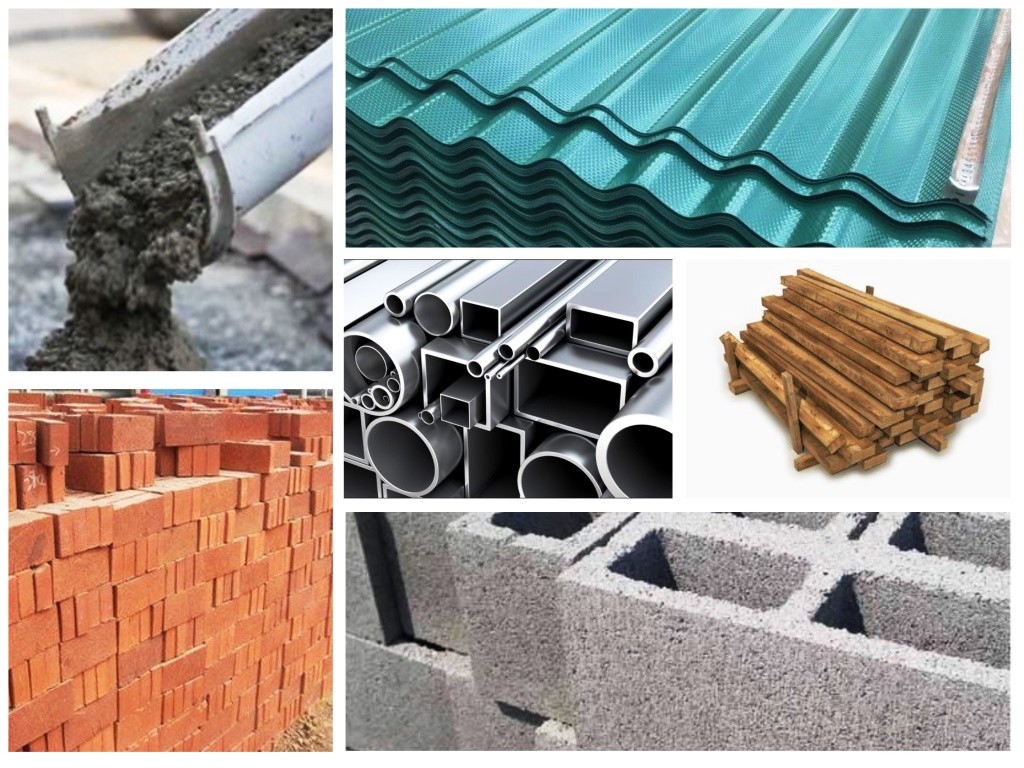Rising prices in Nigeria are putting a strain on the construction industry, causing numerous projects to stand still while putting developers and contractors on edge.
While people are dealing with rising food and energy prices, the construction industry is suffering as building material prices have nearly doubled in the last 12-24 months due to rising inflation.
Contractors are struggling under the strain of rising diesel prices. Almost all contractors in the building value chain, including pilers, welders, mechanical and electrical engineers, rely on diesel to power their generators.
Inflation, which reached 17.7 percent in May 2022, has increased the cost of building supplies by nearly 50 percent, most notably cement, reinforcement bars (iron rods), roofing sheets, tiles, paints, and even sand. The price of a litre of diesel has risen by more than 100%, from N300 to N815 a litre.
According to experts, the rise in inflation is being driven by factors ranging from the pandemic impact to the Russia-Ukraine war, which has resulted in a spike in gasoline prices and the cost of other commodities.
In Nigeria, a 50kg bag of cement currently costs N4,500, up from N2,600 in 2019, while the price of iron rod has risen from N300,000 a tonne to N415,000, depending on the market.
Odunayo Ojo, CEO of UAC Property Development Company opined: “Projects have slowed because the cost of construction materials has gone out of control. But we are carrying on with our projects because we manage our procurement very well.
“When we engage contractors, we normally mobilise them substantially so that they can buy all they want to buy and keep.”
Ojo stated that the goal of significant contractor mobilization was to eliminate cost variation, which he claimed was putting several projects at risk at the time.
Debo Adejana, South-West head of the Real Estate Developers Association, stated that some of their members were taking a wait-and-see strategy due to escalating building material prices in the market.

“It is very real but what is happening mostly is that developers are watching the prices, especially for off-plan projects so that cost variation will not totally stall projects,” he said.
Adejana stated that both developers and independent builders are withdrawing from sites, and that the most common way out for most people has been to ask for and accept renegotiate down rates.
According to him, in terms of abandoned projects due to excessive material costs, Lagos, Nigeria’s commercial nerve center, is the most prominent in the South-West states.
He ascribed the growth to the state’s large number of current initiatives.
Many high-rise commercial and residential building projects on Lagos Island are either on hold or moving at a glacial pace.
Most builders, particularly independents building their own homes, said that they were holding back and watching building material prices.
Cornelius Chikwendu, a stockbroker working on a project said that now is not the time for large projects. “The most pressing projects for most of us right now are our stomachs and our children’s school expenses. Those are the key projects for most Nigerian families, and they are not easy to complete these days,” he remarked.
“You can imagine buying a bundle of roofing sheets for over N17,000 and l will require more than six bundles. l have to concentrate on more pressing needs first like payment of my children’s school fees. Let me survive first by eating well with my family. I hope the price will come down soonest, and then l may consider resumption of work on the project,” he said.
According to Kazeem Owolabi, managing partner at Refin Homes Limited, project abandonment has become a reality in today’s building sector. “Many projects are left unfinished or uninhabitable due to the high cost of building materials, which frequently results in budget overruns.”
According to him, projects become uninhabitable when most developers substantially reduce the quality of materials and project specifications in order to break even, and the market does not respond to such developments, exacerbating the housing scarcity.
“Most independent builders are now developers. The only difference is in the structure. The rise in cost of building materials affects all; however the direction being taken now is to increase the property price rather than totally abandon the site. Invariably, what this means is that we now have fewer people with the capacity to buy properties,” he said.





